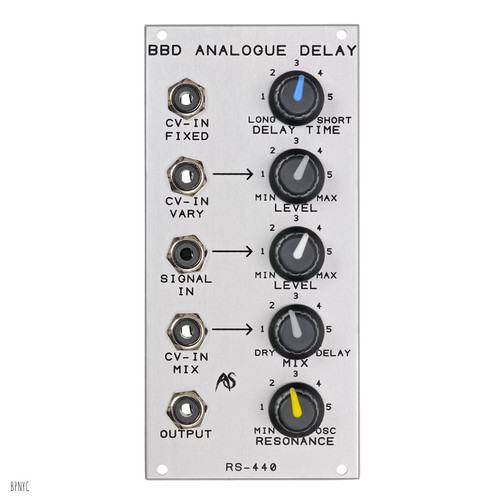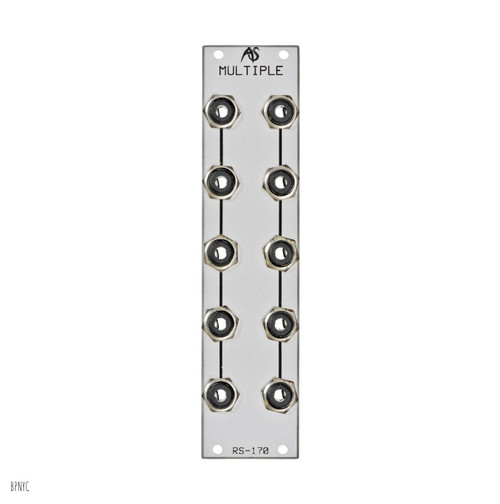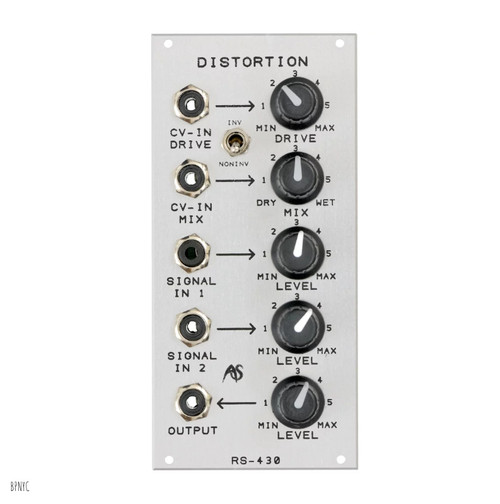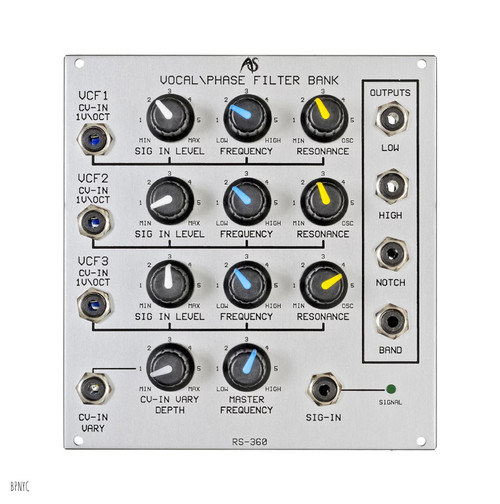Product Overview
Sometimes it would be nice to spend more time playing your sequences than adjusting every knob minutely to keep them in tune. On other occasions, you might want the output from your Sample & Hold to be in semitones (i.e. 'real' notes) rather than totally random pitches. Then there are the occasions when it would be nice to be able to generate glissandos instead of smooth portamento (or 'glide') effects. Fortunately, there is a single device that makes all of these possible. It's a Voltage Quantiser.
A Voltage Quantiser is simply a device that rounds every voltage passing through it up or down to an exact semitone. It does this by making sure that all the output voltages conform to the logarithmic relationship that defines the well-tempered scale for a 1V/oct synthesiser.
So, if the set-up of the knobs on your sequencer is not quite perfect, the quantiser will correct them for you. Similarly, any voltages output by the S&H will be rounded to a semitone, so that every note is random but lies on one of the 12 semitones of the conventional scale. Finally, as far as these three examples go, a smoothly varying voltage such as a slow triangle wave from an LFO or a 'slewed' voltage smoothed by one of the Integrators SLEW modules will be cut up and output in semitone steps.
The RS-260 incorporates software that ensures glitch-free transitions between quantised notes. It also offers two operational modes. Free Run shifts the CV every time it changes enough to move from one semitone to another, whereas Gate requires a pulse to tell the device when to determine the next note. Gate is particularly useful because it means that you can clock the output for advanced rhythmic and polyrhythmic effects.







